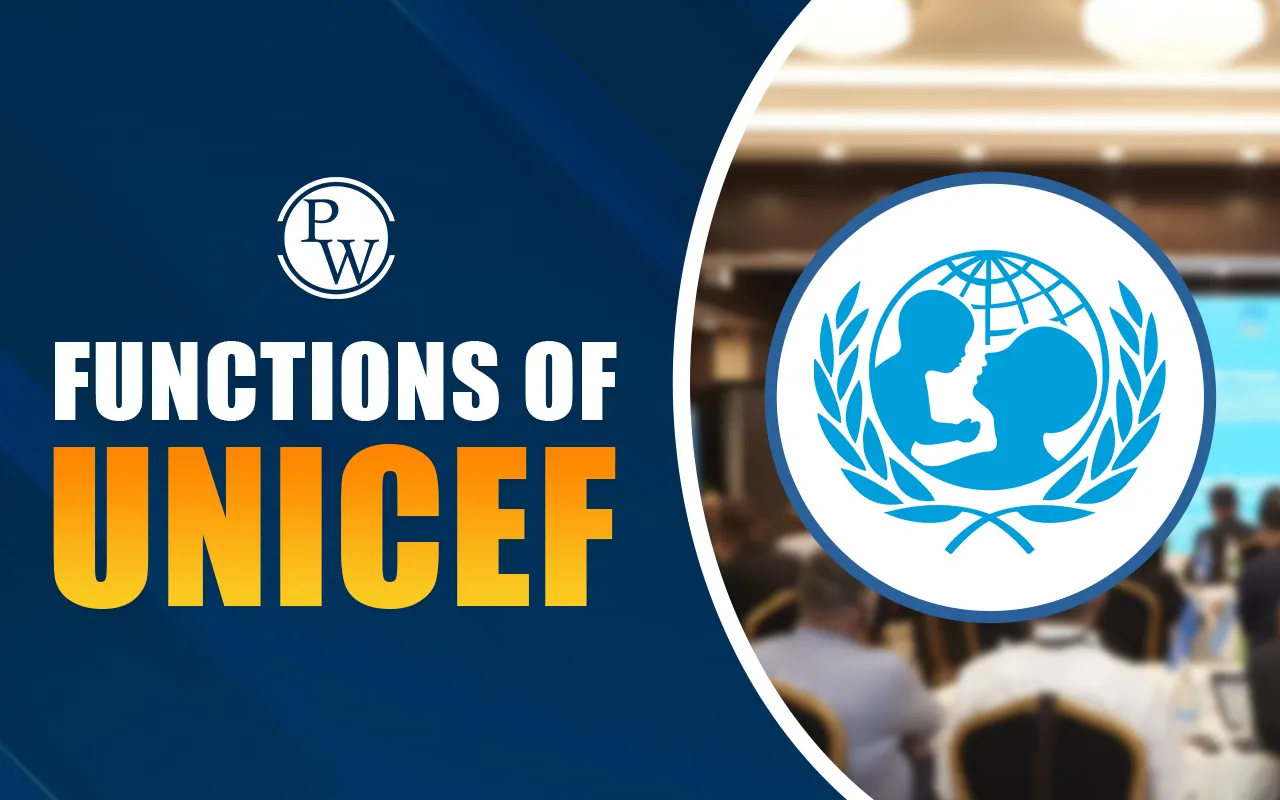

Chandipura Virus (CHPV) has periodically caused concern in India, particularly due to outbreaks of severe encephalitic illness, especially in children.
Discovered decades ago, this virus is a significant public health issue because of its rapid progression and high fatality rate in severe cases. Understanding the nature of the Chandipura Virus infection, its mode of transmission, and effective preventive measures is crucial for controlling its impact.
What is the Chandipura Virus (CHPV)?
The Chandipura Virus (CHPV) is a relatively rare but deadly pathogen. It is a neurotropic RNA virus belonging to the Vesiculovirus genus, which is part of the Rhabdoviridae family. This family also includes the Lyssavirus, which causes rabies.
The virus was first isolated in 1965 from two patients with febrile illness in the village of Chandipura, located in the Nagpur district of Maharashtra, India, which is how it earned its name. While the virus has also been found in sandflies in parts of Africa, human infections associated with outbreaks have so far been predominantly described in central India.
How Does the Chandipura Virus Spread?
The Chandipura Virus infection is a vector-borne disease, meaning it is transmitted to humans through the bite of an infected arthropod.
-
Primary Vector: The virus is primarily transmitted by sandflies, specifically species like the phlebotomine sandfly and Phlebotomus papatasi. The virus resides in the insect’s salivary glands and is transmitted when the insect takes a blood meal.
-
Other Vectors: Some mosquito species, such as Aedes aegypti (the vector for dengue), have also been implicated as potential carriers. The ultimate animal reservoir for the virus is still unknown and is a subject of ongoing investigation.
-
Transmission Pattern: Outbreaks of the Chandipura Virus are often linked to environmental conditions that favor sandfly proliferation, especially during the monsoon season. Human-to-human transmission is not known to occur.
Chandipura Virus Symptoms and Complications
While many infections may be subclinical or mild, the severe form of the Chandipura Virus infection is marked by a rapid onset and progression, primarily leading to a neurological illness known as Chandipura Viral Encephalitis. The infection largely affects children under 15 years old.
Initial Symptoms (Flu-like):
The infection usually begins with acute, non-specific flu-like symptoms:
-
Sudden onset of High Fever.
-
Headache and Body Ache.
-
Vomiting and Diarrhea.
Progression to Severe Neurological Complications:
The disease can progress rapidly, often within 24 to 48 hours after hospitalization, leading to severe complications:
-
Encephalitis: Inflammation of the active tissues of the brain.
-
Altered Mental State: Including confusion, drowsiness, or agitation (altered sensorium).
-
Convulsions/Seizures.
-
Neurological Deficits: Such as difficulty speaking or loss of balance.
-
Coma and eventual death in severe cases.
Diagnosis and Treatment for Chandipura Virus Infection
Early diagnosis and prompt medical intervention are critical due to the rapid progression of the illness.
Diagnosis:
Diagnosis is typically confirmed in a laboratory setting through testing of blood or cerebrospinal fluid samples. Common diagnostic methods include:
-
PCR (Polymerase Chain Reaction).
-
ELISA (Enzyme-Linked Immunosorbent Assay).
-
Virus Isolation.
Treatment:
Currently, there is no specific antiviral treatment or vaccine available for the Chandipura Virus infection. Management is focused entirely on supportive care and alleviating the symptoms.
Supportive treatment includes:
-
Maintaining hydration and electrolyte balance.
-
Using antipyretics (fever reducers).
-
Administering anticonvulsants to control seizures.
-
Intensive Care may be required for managing respiratory and severe neurological complications.
Epidemiology and Past Outbreaks of Chandipura Virus
The Chandipura Virus is considered endemic to the central part of India, where the vector populations (sandflies and mosquitoes) are higher. The majority of outbreaks have occurred in rural and tribal areas.
Key Outbreak History:
-
2003-2004: One of the most significant outbreaks occurred across multiple states, including Maharashtra, northern Gujarat, and Andhra Pradesh. This outbreak caused over 300 child fatalities and demonstrated a very high case fatality rate, around 55% in some affected areas.
-
Sporadic Cases and Outbreaks: The infection has continued to cause sporadic outbreaks in states like Gujarat, Rajasthan, and Madhya Pradesh, often peaking during the monsoon season when vector populations increase.
Prevention and Control of the Chandipura Virus
Since there is no specific treatment for the Chandipura Virus, prevention remains the most effective strategy, focusing on vector control and reducing human exposure.
-
Avoid Vector Bites: Use insect repellents, especially those containing DEET, and wear protective clothing (long sleeves and pants) to minimize skin exposure to sandflies, particularly during peak activity times.
-
Vector Control Measures: Public health efforts must focus on reducing the sandfly population, as well as the Aedes aegypti mosquito. This includes removing standing water and managing organic waste to reduce breeding grounds.
-
Environmental Management: Sandflies inhabit cracks in walls or parts of homes made of sand or mud, making community-level sanitation and dwelling maintenance important.
-
Public Health Awareness: Informing communities about the symptoms and prevention measures is vital for early diagnosis and treatment.
Chandipura Virus FAQs
To which family of viruses does the Chandipura Virus belong?
Who is most susceptible to the severe Chandipura Virus infection?
Is there a vaccine or specific treatment for the Chandipura Virus?
What is the main vector responsible for transmitting the Chandipura Virus?









